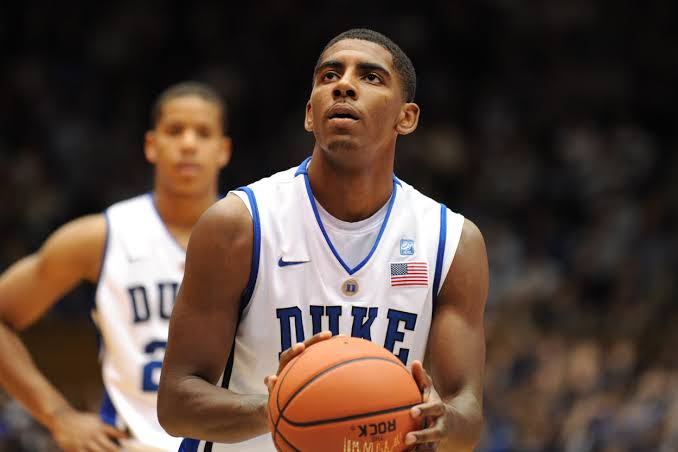
Samu Moala, a highly touted defensive line prospect committed to Texas A&M University, has publicly stated his intention to explore other collegiate options despite his current pledge. This declaration injects a significant element of uncertainty into the Aggies’ recruiting efforts and underscores the fluid nature of modern college football recruiting. Moala’s statement, “I am going to get out and take some visits to see other places and make sure of things,” reveals a mindset focused on maximizing his opportunities and ensuring the best possible fit for his academic and athletic future.
Moala’s recruitment has been closely followed, and his commitment was considered a significant victory for Texas A&M. As a consensus top player in his class, his size, athleticism, and potential to disrupt opposing offenses make him a coveted prospect. His decision to entertain other programs highlights the intense competition for elite talent and the various factors that can influence a recruit’s final decision.
Several reasons could be contributing to Moala’s desire to explore other schools. Firstly, the recruiting landscape is dynamic, with coaching changes, program developments, and evolving team needs constantly reshaping the picture. Moala may want to assess how other programs compare to Texas A&M in terms of coaching staff stability, defensive schemes, player development philosophies, and overall program trajectory.
Secondly, the allure of different environments and experiences can be a powerful motivator for young athletes. Visiting other campuses allows Moala to get a feel for the academic facilities, living arrangements, team culture, and the overall atmosphere of different universities. This firsthand exposure can provide valuable insights that go beyond recruiting pitches and online research.
Thirdly, Moala’s decision could be influenced by the commitments of other top recruits. The opportunity to play alongside other elite players can be a significant factor in a recruit’s choice, as it can enhance the team’s potential for success and provide a more competitive and challenging environment. Moala may be monitoring the recruiting boards of other schools to see where he might have the best chance to be part of a championship-caliber team.
The timing of Moala’s announcement is also noteworthy. Typically, recruits who are firm in their commitment limit or cease taking visits to other schools as their senior season approaches. Moala’s decision to take visits at this stage suggests that he is genuinely open to other possibilities and wants to conduct thorough due diligence before finalizing his college choice.
For Texas A&M, Moala’s statement presents a challenge. While commitments are non-binding until National Signing Day, losing a player of Moala’s caliber would be a significant setback for their recruiting class. The coaching staff will likely need to redouble their efforts to reaffirm his commitment, address any concerns he may have, and showcase the unique opportunities and advantages of playing for the Aggies.
The situation also serves as a reminder of the importance of continuous recruitment, even after securing a commitment. Maintaining strong relationships with committed players, consistently communicating program updates, and demonstrating a clear vision for their future role on the team are crucial for retaining top talent.
Ultimately, Samu Moala’s decision will be his own, based on what he perceives to be the best fit for his personal and professional aspirations. His willingness to explore other options underscores the high stakes involved in college football recruiting and the power that elite prospects hold in navigating their future. As he embarks on these visits, the college football world will be watching closely to see where this highly coveted talent ultimately decides to play his college football. His journey highlights the complexities and uncertainties that are inherent in the pursuit of excellence at the highest levels of collegiate athletics.


